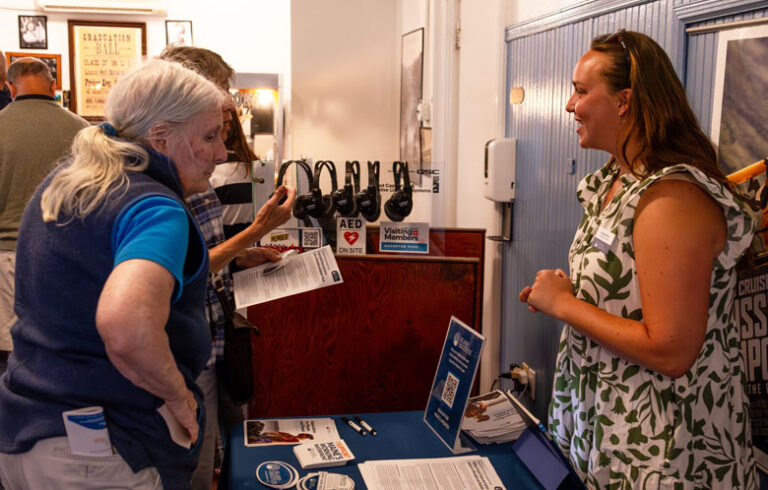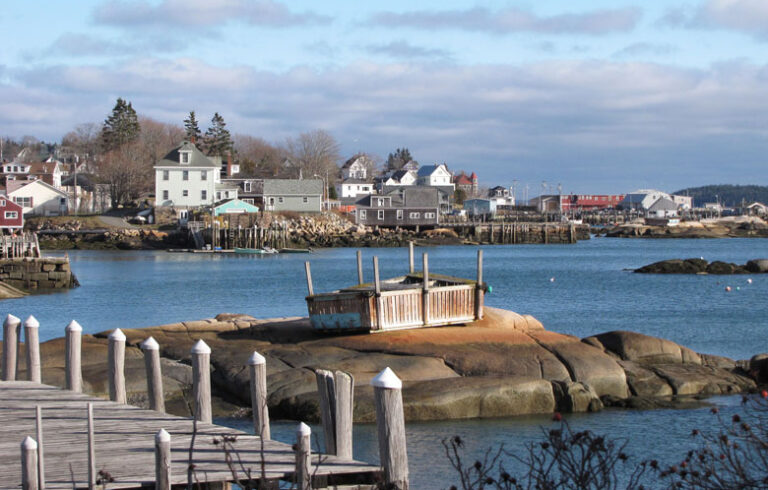Last year, I got myself a Chanukah present, a little thank-you for making it through the year. It was a vertical grow light array, two shelves and four lights. It’s next to my desk as I write this column, and on the top shelf I have a tray of just-sprouted arugula and bok choy.
The practical purpose of the grow lights is twofold: First, to be able to grow greens for Penrose’s pet bearded dragon, who needs a daily diet of fresh vegetables like arugula, mustard, radish greens, turnip greens, bok choy, and other somewhat difficult to find vegetables.
Second, to home-start as many of my garden plants as possible. My unheated greenhouse is perfect for the hardier plants (or will be again if I can eradicate the white fly that knocked out most of my starts last year), but the tomatoes, peppers, and basil need a more rarified environment.
In the winter, for the few months when things are truly dormant, the grow lights and the greens are easy on the eyes…
Practicalities aside, the emotional benefit of having seeds sprouting next to me can’t be overstated. The lower drawer of my file cabinet has become my seed storage system, and I have green hanging files of half-empty Fedco envelopes.
One hanging file holds herbs, another has greens, another houses the nightshades. Squash, corn, beans, and peas are together, their larger seeds awkwardly bulging the folder against the ream of paper that is also stuffed into the drawer.
When I fill a plastic tray with dirt from the enormous bag I’ve been whittling away at since summer, sprinkle a few seeds on top, water it, and turn the lights on, it feels like an enormous leap of faith. How will these tiny specks, these little punctuation marks, become a living thing?
Yet they do, over and over again. Within a few days the tiny, heart-shaped cotyledons appear where the night before there was a blank black canvas. The true leaves emerge like Venus on the half shell, and suddenly what once was potential energy is now a living thing, a food source, somehow nourished by the LED light and what sun reaches it from my office window.
Cliff, the lizard, will consume it, and digest it with the help of his own artificial heat and light sources.
It’s all life, and it all brings joy. In the winter, for the few months when things are truly dormant (except, maddeningly, the ticks), the grow lights and the greens are easy on the eyes, a break from the subtle gradient of maple bark to raspberry cane, or the blissful white of ever rarer snow.
When I was nine, I drew myself a jungle room. It was a glass octagon filled with palm trees, vibrant flowers, vines, and shade upon shade of green. A vision from some Victorian botanist’s estate, perhaps.
Looking around myself at my desk, flanked on three sides by house plants and the baby greens, I realize I’m still chasing that ideal. In the absence of living things, of the movement from seed to sprout, of the joy in noticing new growth on a venerable arrowhead vine, a cutting from my great-great-uncle’s plant, despair is easy. Days are short. The way forward feels uncertain.
But seeds, light, dirt, and water still add up to more life. And that, at times, is enough.
Courtney Naliboff lives on North Haven where she teaches at the North Haven Community School. She may be contacted Courtney.Naliboff@gmail.com.





